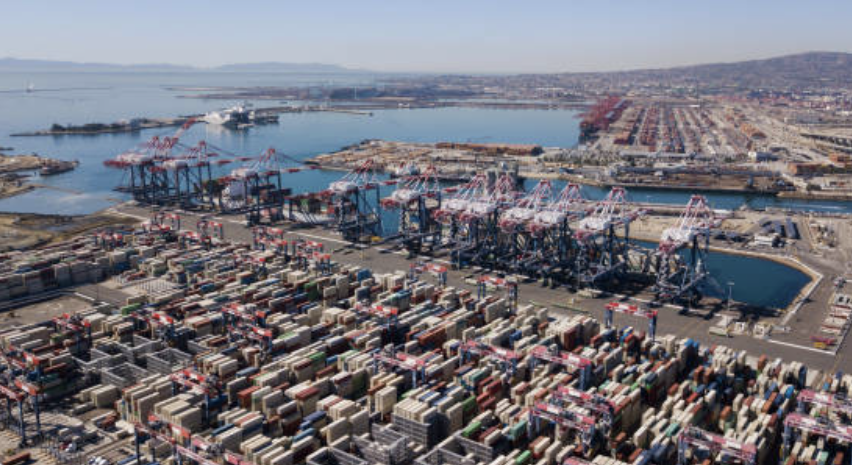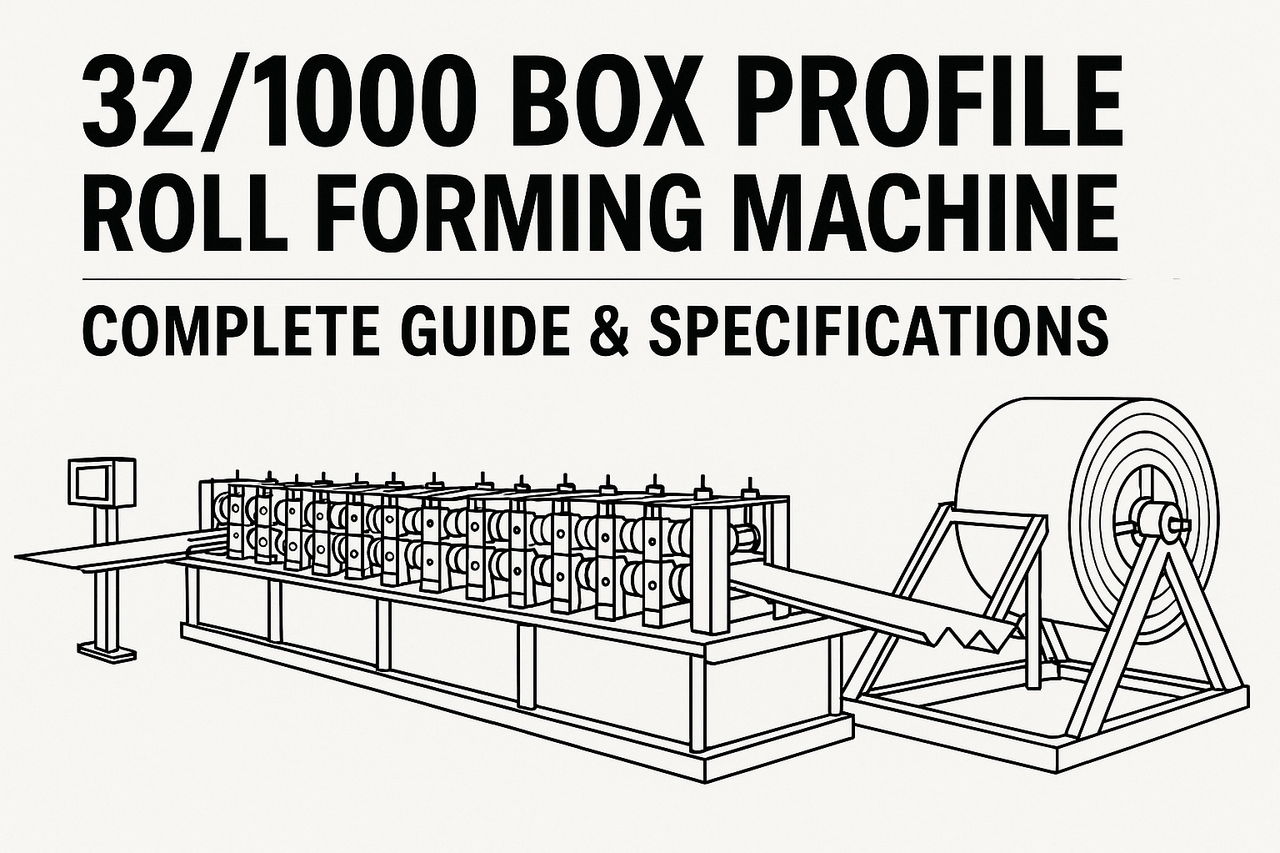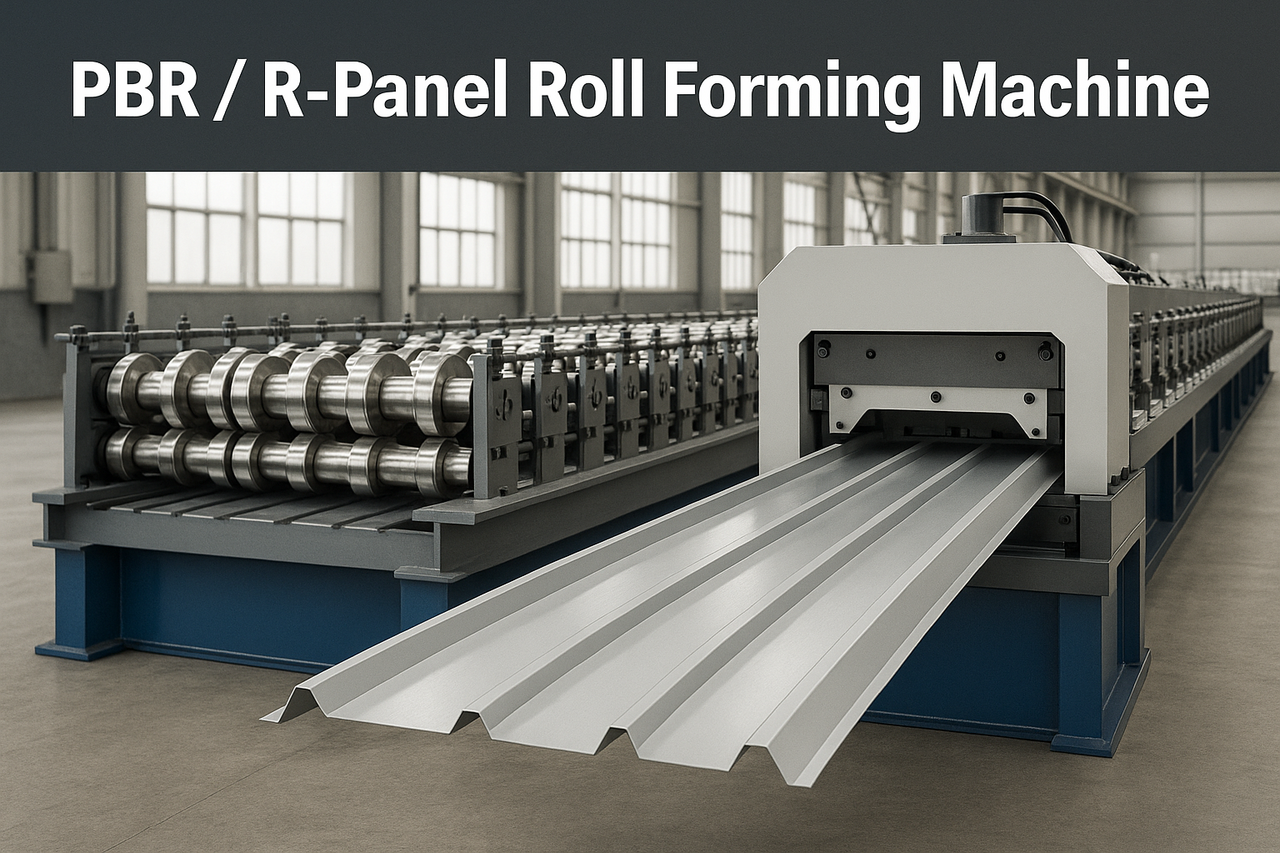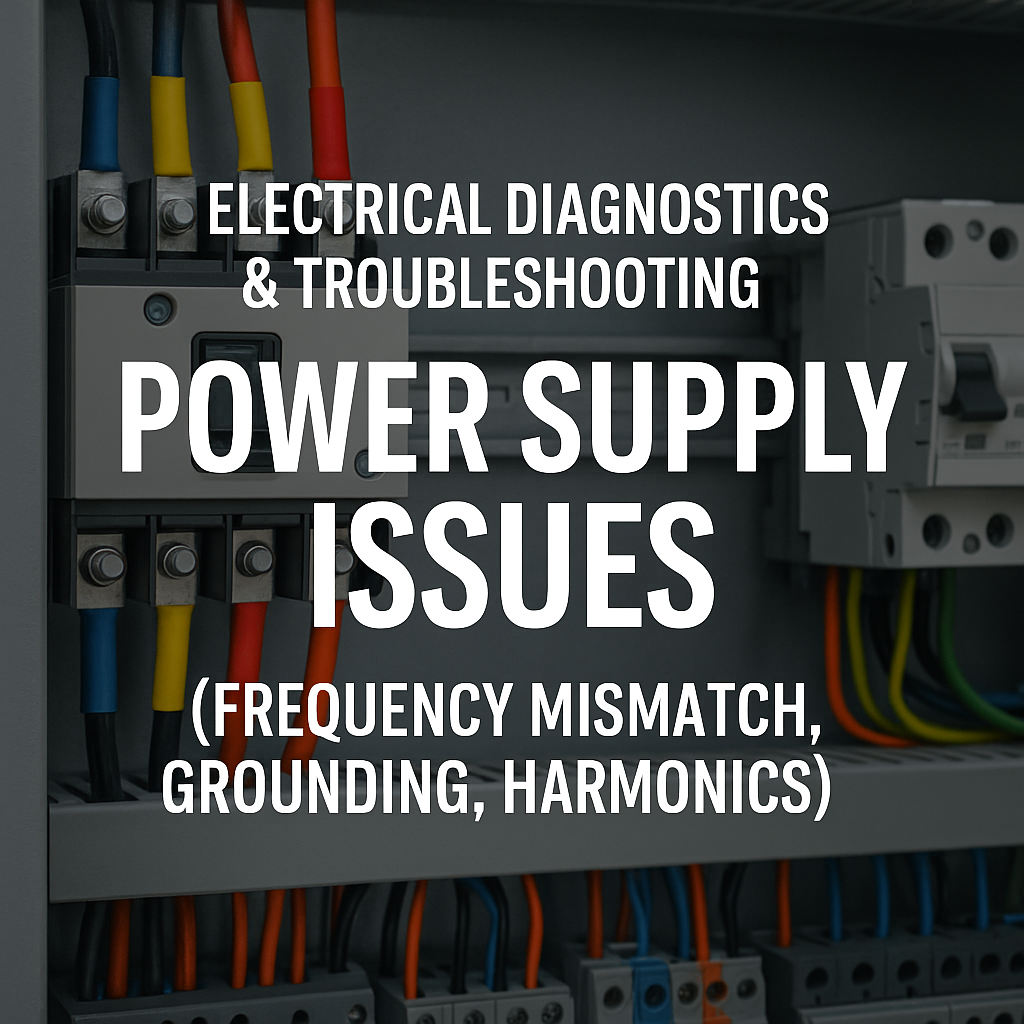
Posted on Saturday, November 16, 2024
Importing a roll forming machine into the United States in 2025 will be influenced by recent changes in U.S. trade policy, particularly concerning tariffs on machinery from China.
Current Tariff Landscape:
The U.S. has implemented Section 301 tariffs on various Chinese-origin goods, including machinery. These tariffs, ranging from 7.5% to 25%, were introduced to address concerns over China's trade practices. In May 2024, the Office of the U.S. Trade Representative (USTR) announced plans to increase tariffs on certain Chinese goods, with some changes taking effect in 2025 and 2026.
Specifics for Roll Forming Machines:
Roll forming machines are classified under Chapter 84 of the Harmonized Tariff Schedule of the United States (HTSUS), which covers machinery and mechanical appliances. The exact tariff rate depends on the machine's specific HTS code. For instance, calendering or other rolling machines fall under HTS code 8420.10.00.00, with a base tariff rate between 0% and 3.5%.
Potential Tariff Increases:
While the USTR has announced tariff increases on various Chinese-origin goods, including machinery, the exact impact on roll forming machines will depend on their specific HTS classification and any updates to tariff rates by 2025. It's essential to monitor USTR announcements and the HTSUS for any changes affecting these machines.
Exclusion Processes:
The USTR has established an exclusion process for certain machinery used in domestic manufacturing, allowing importers to request temporary exemptions from Section 301 tariffs. This process covers machinery classified under specific subheadings in Chapters 84 and 85 of the HTSUS. Importers should review the eligibility criteria and consider applying for exclusions if applicable.
Recommendations:
By staying informed and proactive, importers can better manage the financial and operational impacts of tariffs on roll forming machines entering the U.S. in 2025.

32/1000 Box Profile Roll Forming Machine – Complete Guide & Specifications
Posted on Sunday, November 16, 2025
High-performance 32/1000 box profile roll forming machine for roofing and cladding. Full specifications, profiles, applications, pricing

PBR / R-Panel Roll Forming Machine – Complete Guide & Specifications
Posted on Sunday, November 16, 2025
PBR / R-Panel roll forming machine for roofing and wall cladding. Full specs, profiles, applications, pricing, and global buying guide. Built to order.

Posted on Sunday, November 16, 2025
How to Diagnose and Fix the Hidden Electrical Problems That Cause Downtime
Copyright 2025 © Machine Matcher.